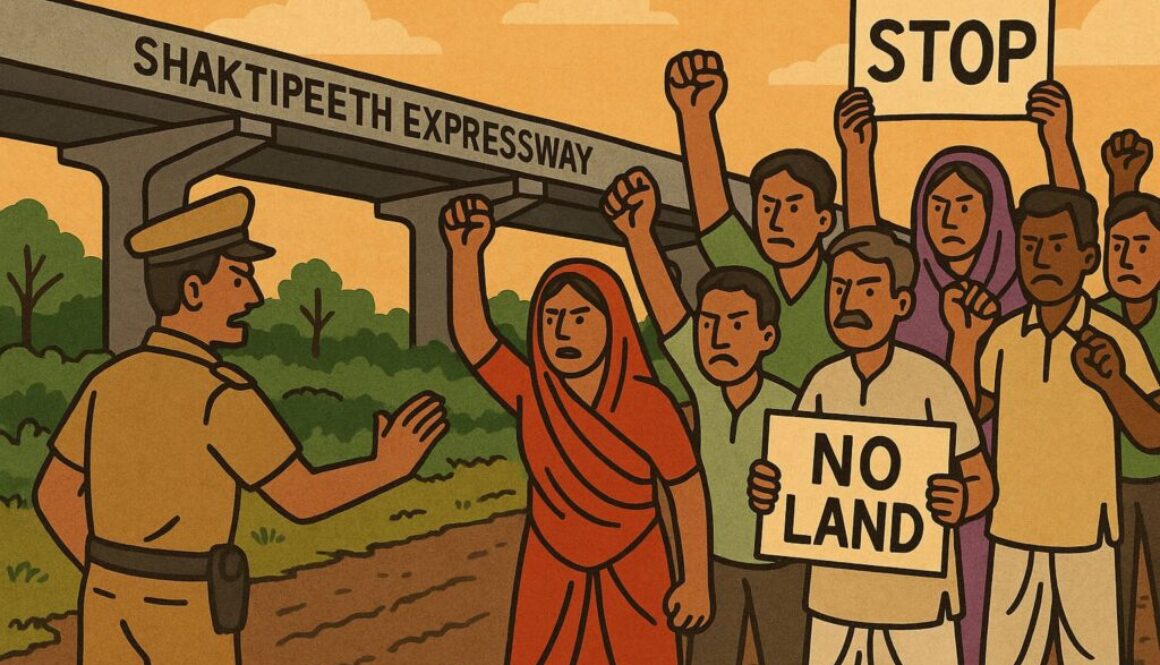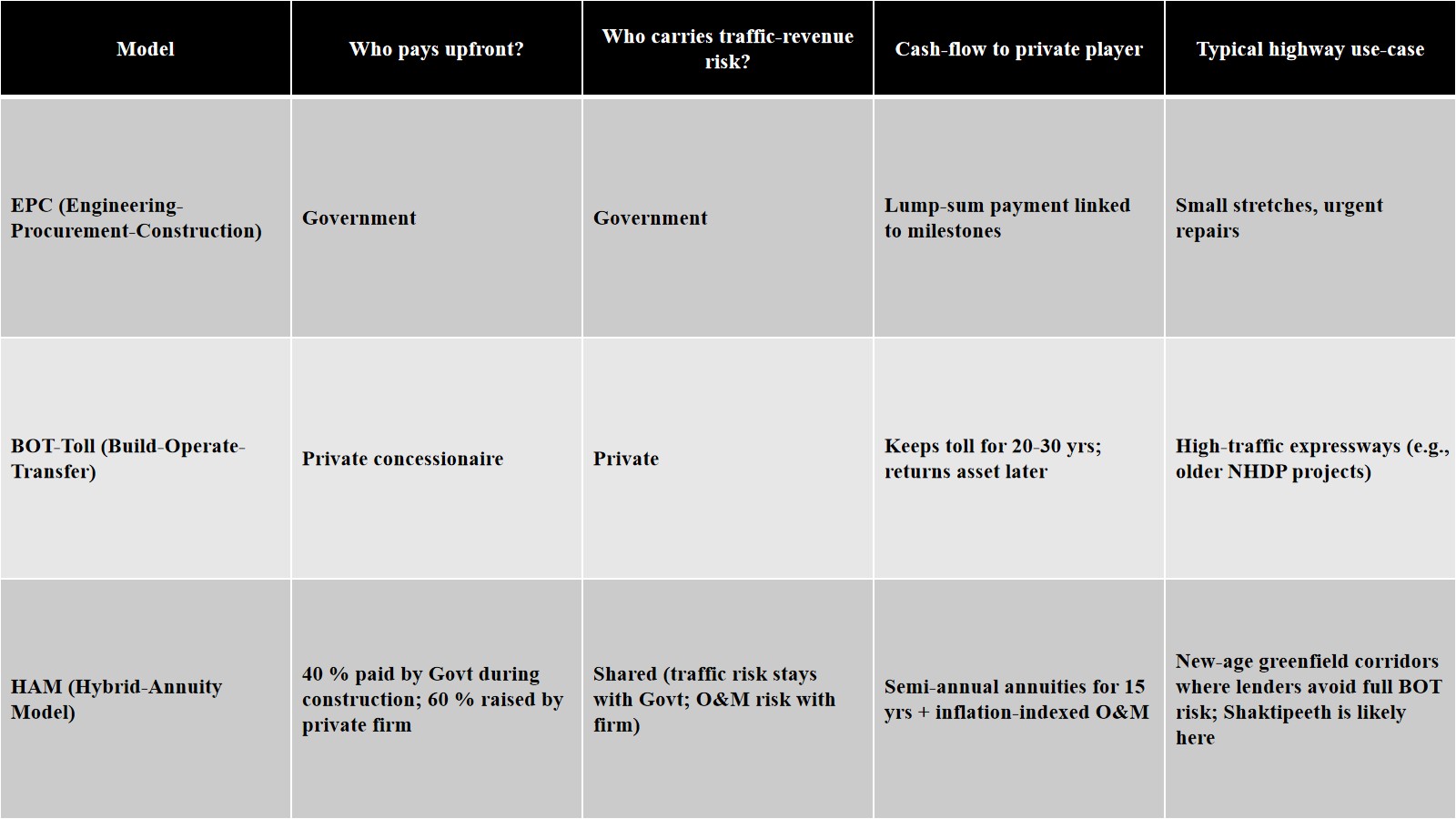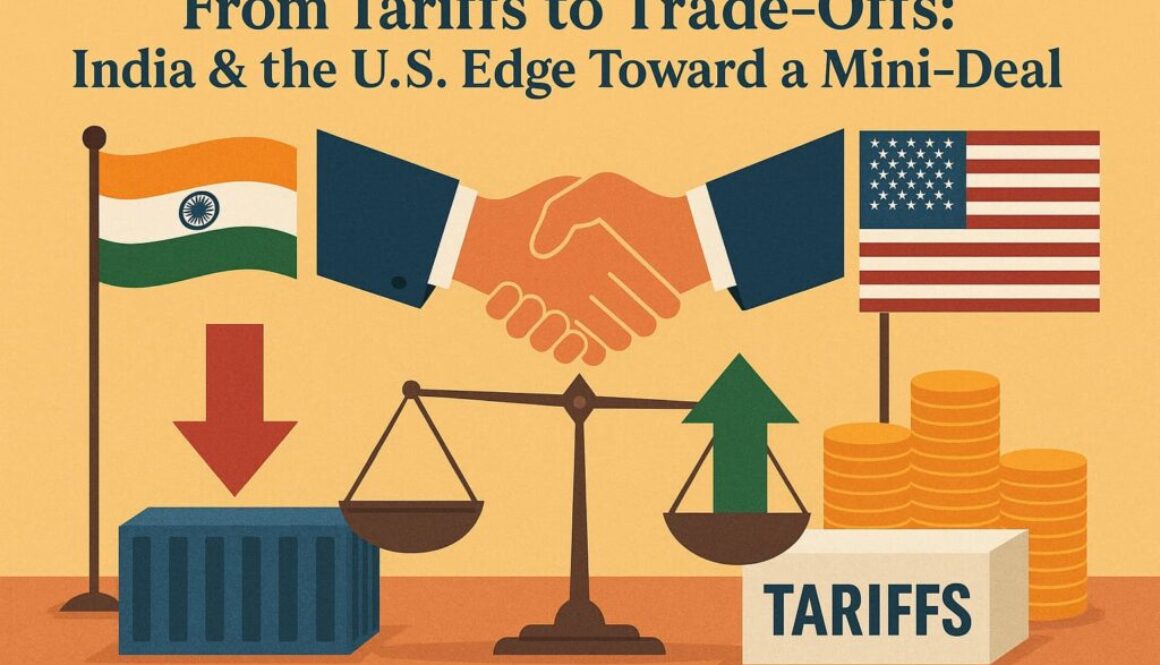All-India trade-union call for one-day strike against new Labour Codes
On 9 July 2025 about 25 crore workers will down tools to protest the Centre’s four new Labour Codes—an event that spotlights the constitutional right to organise, the limits on striking, and older labour statutes that UPSC often turns into static questions.
Why are trade-unions striking on 9 July 2025?
-
Who & how big? Ten central trade unions (INTUC, AITUC, CITU, HMS, etc.)—but not the RSS-linked BMS—have called a 24-hour nationwide strike; organisers expect 25 crore participants across banking, coal, transport and postal services.
-
Core grievance: they want the Centre to scrap the Four Labour Codes 2019-20, restore the Indian Labour Conference, and halt privatisation of CPSEs.
-
Immediate trigger: states are framing draft rules to operationalise the Codes even though many sections are yet to be notified by the Union government.
This backdrop lets exam-setters pull out static themes: constitutionality of strikes, content of the new Codes, legacy laws like the Industrial Disputes Act (IDA) and the Essential Services Maintenance Act (ESMA), and India’s non-ratification of key ILO conventions.
Fundamental right to form associations — Art. 19(1)(c) vs. Art. 33
Art. 19(1)(c) guarantees all citizens freedom “to form associations or unions” (includes trade-unions). But the right to strike is not part of this freedom. In All India Bank Employees Assn. v. NIT (1962) the Supreme Court held that achieving union objectives—e.g. striking—can be regulated by ordinary law.
Art. 33 lets Parliament restrict any fundamental right in its application to the armed forces, police, intelligence services, etc., to ensure discipline. Recent judgments continue to uphold such curbs.
Take-away: questions may ask you to weigh the “freedom to associate” against national-security exemptions under Art. 33.
The Four Labour Codes (consolidating 29 laws)
| Code on Wages, 2019 – merges Payment of Wages, Minimum Wages, Bonus & Equal Remuneration Acts; introduces a national floor wage and uniform “wage” definition. | |
| Industrial Relations Code, 2020 – combines IDA 1947, Trade-Unions Act 1926 & Industrial Employment (Standing Orders) Act 1946; ≥300-worker factories need no prior govt nod for layoffs; 14-day strike notice now extends to all industries. | |
| Social Security Code, 2020 – fuses 9 laws (EPF, ESI, Maternity Benefit, etc.); extends cover to gig/platform workers via a proposed social-security fund. | |
| OSH & Working Conditions Code, 2020 – rolls 13 Acts (Factories, Mines, Contract Labour …) into one; single licence & database, plus explicit night-shift permission for women. |
Industrial Disputes Act 1947 & ESMA 1968
-
IDA Sections 22-24 spell out when a strike is legal: 14-days’ prior notice in public-utility services; no strike during conciliation/adjudication; and no violence.
-
A strike that breaches these tests is “illegal”; workers forfeit wages and may face fines or jail (up to one month).
-
ESMA 1968 empowers the Union/States to ban strikes in notified essential services and punish violators with up to one-year imprisonment.
ILO Conventions 87 & 98
Tests for legality of strikes (what courts look at)
-
Procedural compliance with IDA §§ 22-24 (notice, timing, pendency).
-
Purpose: must relate to an industrial dispute; political/general strikes lack statutory shield.
-
Conduct: no violence, intimidation or sabotage—else courts may deem it misconduct even if otherwise legal.
-
Public-interest balancing: in T.K. Rangarajan v. State of TN (2003) SC said government servants have no fundamental right to strike.
“Bonded labour” & Art. 23
-
Art. 23(1) bans traffic in human beings, begar and other forms of forced or bonded labour.
-
The Bonded Labour System (Abolition) Act 1976 criminalises any agreement tying a debtor to work under coercion.
-
In People’s Union for Democratic Rights v. Union of India (1982) the SC held that payment below minimum wage is itself “forced labour” under Art. 23—linking wage disputes directly to constitutional rights.
Final takeaway for revision
-
Memorise article–section linkages: Art. 19(1)(c), Art. 23, Art. 33; IDA §§ 22-24; ESMA key sections.
-
Quote at least one landmark case for each theme.
-
Integrate current strike numbers (date, unions, 25 crore workers) as live examples in mains answers on labour reforms.
-
Watch for follow-up: if the strike pushes states to delay Labour-Code rules, that itself can become next year’s current-cum-static question.









